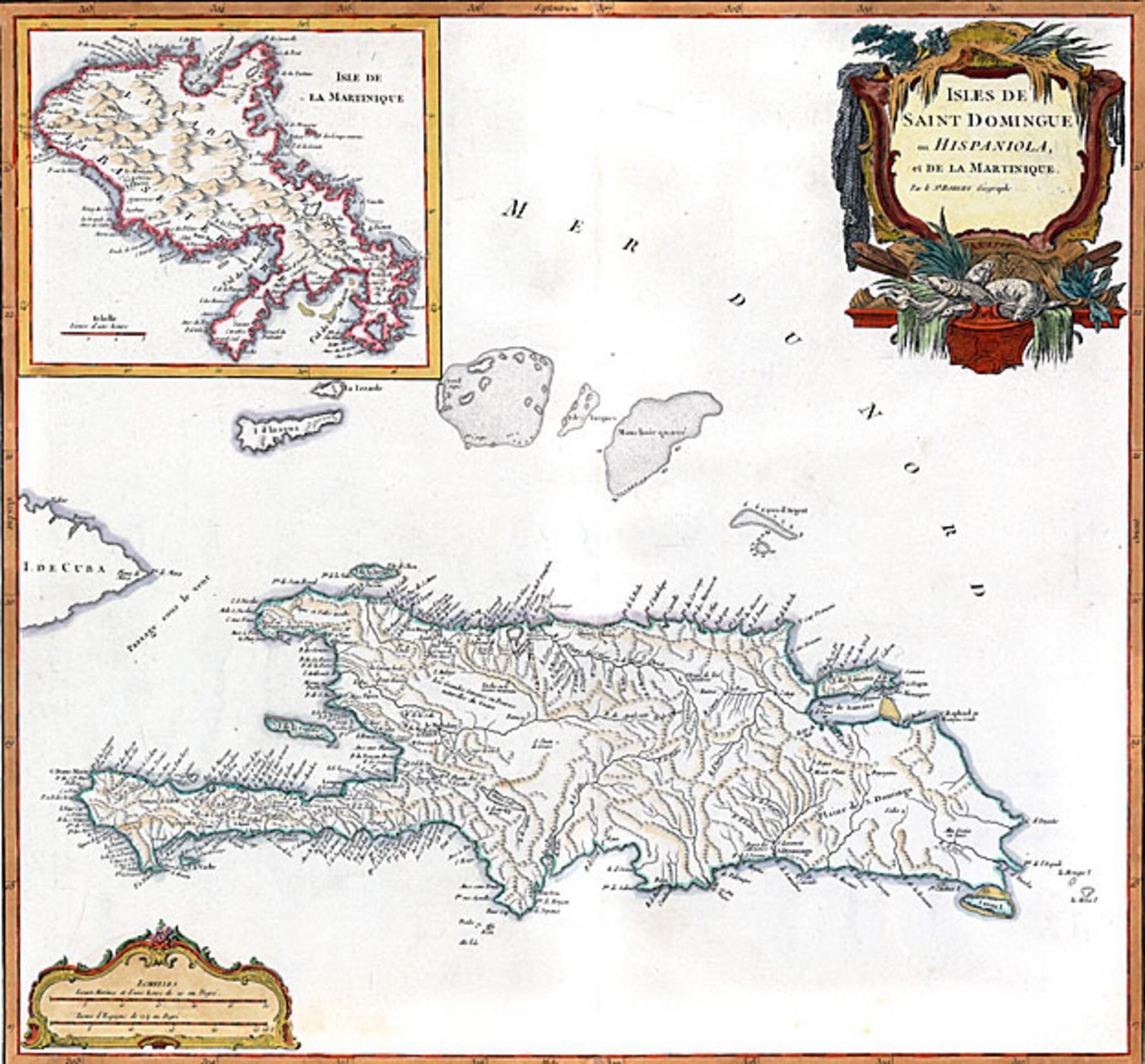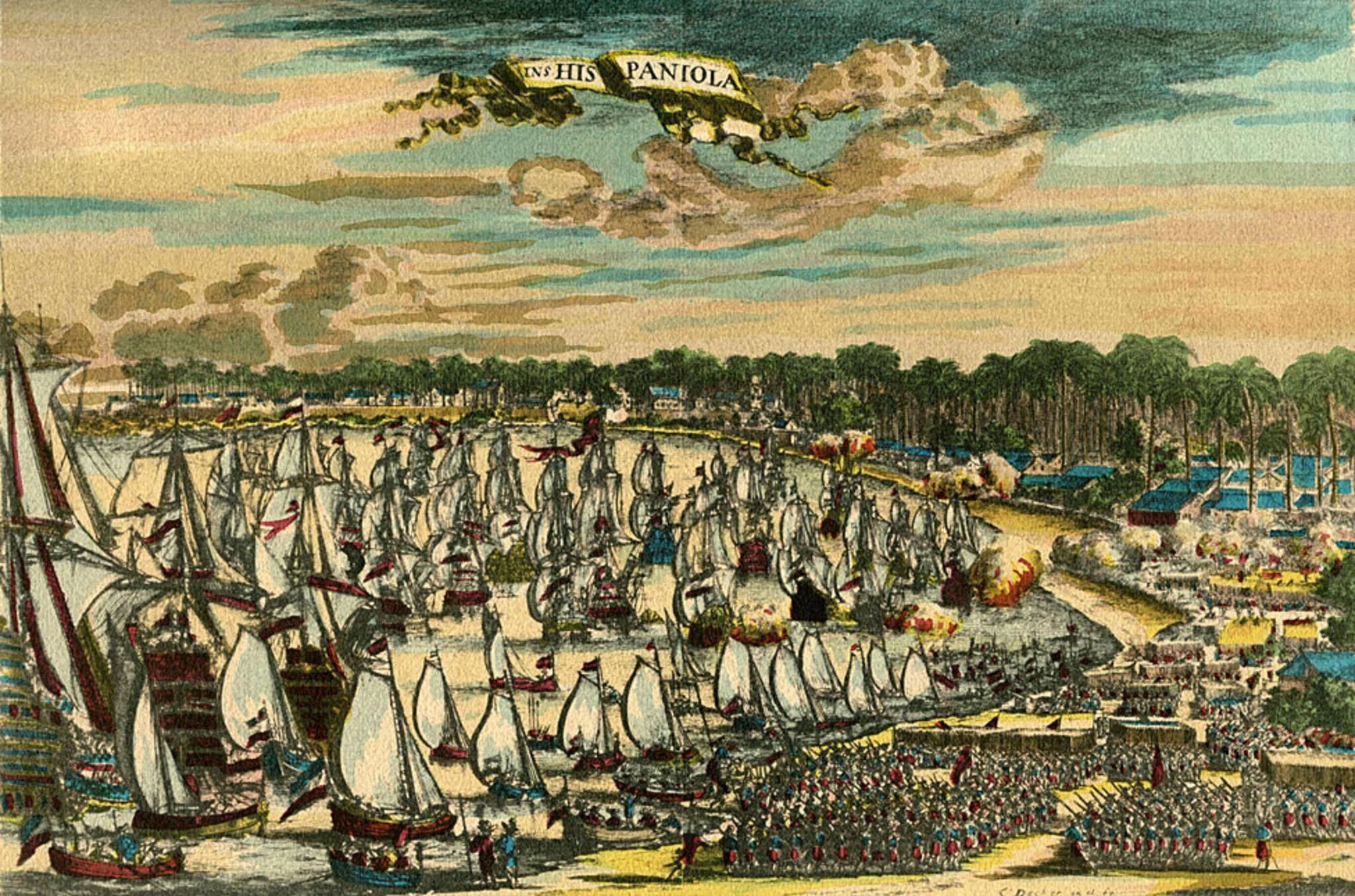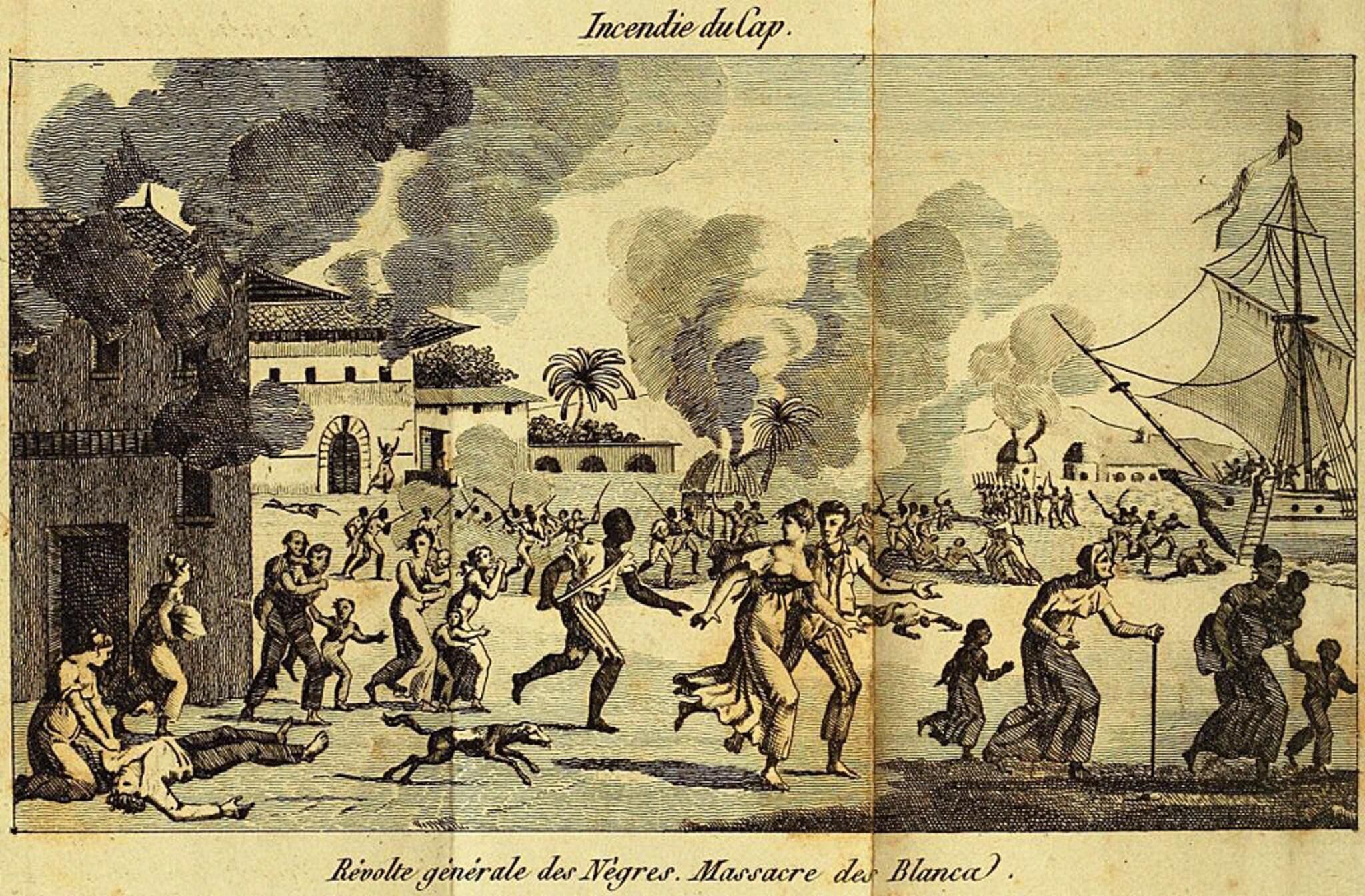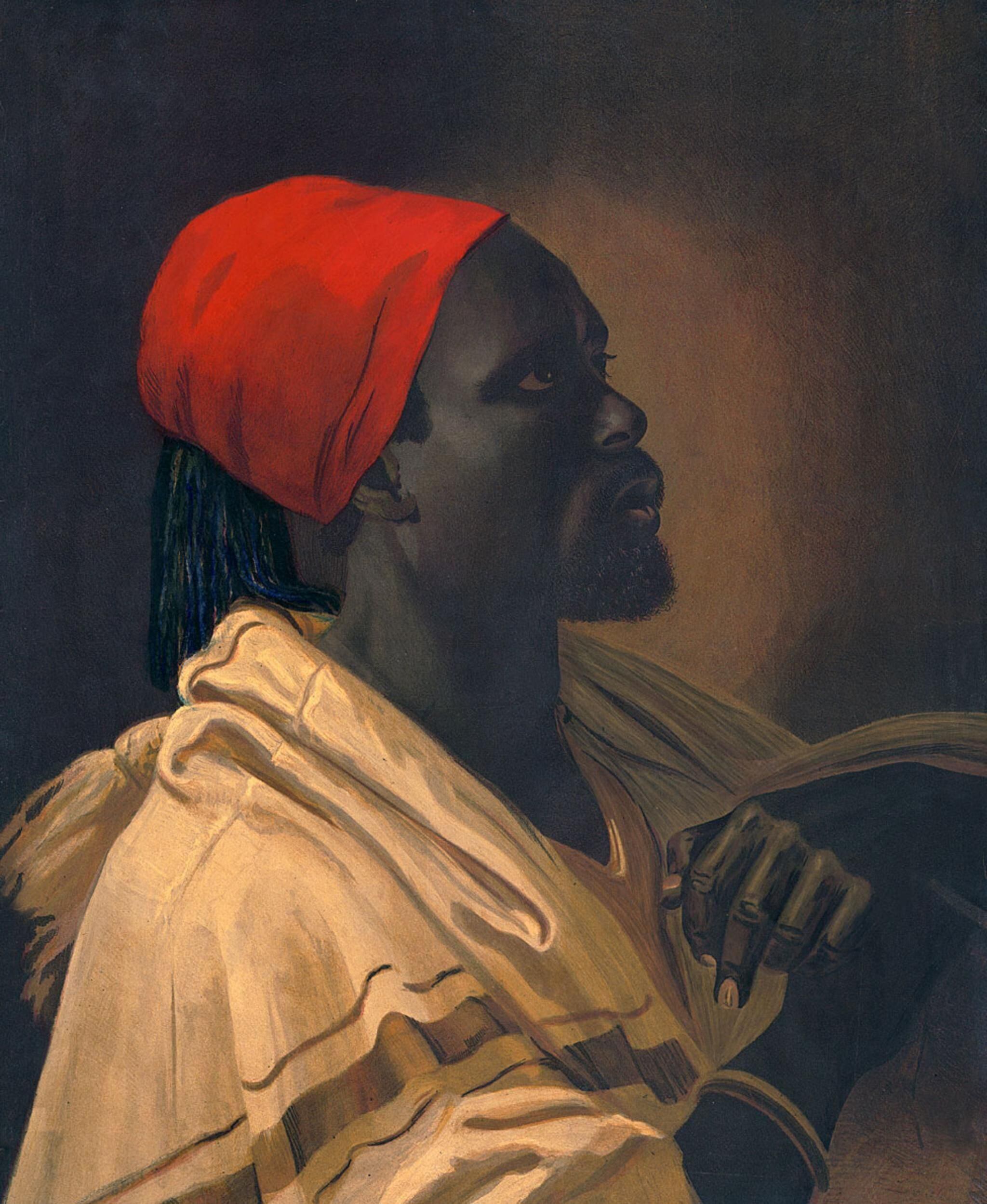220 years ago Haiti It became the first independent nation in Latin America, the oldest black republic in the world, and the second oldest republic in the Western Hemisphere, after the United States.
All this was achieved after the only successful slave revolt in human history.
LOOK: Why is Martine Moïse accused of complicity in the murder of her husband, the president of Haiti?
That’s plenty to be proud of for a nation that has long topped other, far more painful lists.
Haiti is the poorest country in the Americas and one of the poorest in the world, according to any of the organizations that prepare these rankings, including the World Bank and the International Monetary Fund.
And right now it is in the middle of a huge political and social crisis, without a leader after the impeachment of President Jovenel Moïse in 2021 and Prime Minister Ariel Henry being forced to resign this week due to pressure from the armed gangs he controls. caital, Port-au-Prince.
The deep reasons for the permanent crisis that the country seems to suffer are so many that those who want to help are stunned.
Haiti has been the scene of slavery, revolution, debt, deforestation, corruption, exploitation and violence. Without forgetting colonization, the North American occupation, revolts, coups d’état and dictatorships until the arrival in 1957 of François “Papa Doc” Duvalier, who imposed one of the most corrupt and repressive regimes in modern history that lasted 28 years and caused many atrocities and embezzlements.
It is not surprising that neither infrastructure, nor education, nor health, nor any other public good have been a priority.
This in a country that has the misfortune of being located on the main fault between the North American and Caribbean tectonic plates and on the region’s main hurricane route, which makes natural disasters even more disastrous.
In the midst of so many regrets, there is one that stands out as incongruous in contemporary eyes: for having declared its independence Haiti had to pay large compensation to the colonial power from which he freed himself.
From Ayiti to Hispaniola to Saint-Domingue
Christopher Columbus arrived on the island that today houses the Republics of Haiti and the Dominican Republic in December 1492.

Assuming it as territory of the Spanish crown, Columbus named the island Hispaniola or HispaniolaHe met the indigenous people, who were Taíno, called them “Indians” and spent his first Christmas with them in the New World.
Although the exploration of gold deposits and sugar production initially excited the colonizers, the discovery of enormous riches on the American continent caused interest in Hispaniola to wane, especially interest in the western part of the island.
Thus, the English, Dutch and French buccaneers fought over what the native Taínos knew as Ayiti.
Those traveling under the flag of Louis XIV, the French “Sun King”, gradually took control of that corner of the island and in 1665 France formally claimed it and named it Saint Domingos.
30 years later, Madrid formally ceded a third of Hispaniola to Paris.
The pearl of the Antilles
The French transformed Saint-Domingue into one of the richest colonies in the world and the most profitable in the Caribbean.

In 1789, 75% of the production of sugar of the world came from Saint-Domingue, as did much of the wealth and glory of France.
The so-called pearl of the Antilles also produced coffee, tobacco, cocoa, cotton and indigoand led the world in the production of each of these crops at one time or another during the 18th century.
The enormous wealth produced by the fabulous colony was extracted thanks to the import of tens of thousands of slaves per year and the implementation of a harsh system of slavery.
bitter sugar
This is where the numbers turn sour: at the end of that economically successful 18th century, the pearl of the Antilles was the destination for a third of the entire Atlantic slave trade.
The great demand was the result the high death rate of slaves: Their average life expectancy was 21 years and many died just three months after arriving.
Illness, overwork and the sadism of supervisors They were the cause of most deaths.

A writing by Haitian author Pompée Valentin, often cited for its rarity and eloquence, illustrates the treatment given to slaves on Haitian plantations:
Did they not hang men with their heads down, drown them in sacks, crucify them on boards, bury them alive, crush them with mortars?
Weren’t they forced to consume the feces?
And, after being flayed with the whip, were they not thrown alive to be devoured by earthworms or in anthills, or tied to stakes in the swamp to be devoured by mosquitoes? Were they not thrown into cauldrons of boiling cane syrup?
Didn’t they put men and women in barrels full of thorns and roll them down the mountainsides into the abyss?
Didn’t these miserable black people hand them over to the dogs that eat man, until the latter, satiated by human flesh, left the torn victims to be finished off with bayonet and dagger?
The Revolution of the colors of the colors from Santo Domingo
The echo of the French Revolution of 1789 reached the rich colony where the so-called color genes and slaves began to wonder how the Declaration of Human Rights applied to their situation.
In 1791, a man of Jamaican origin named Boukman became the leader of African slaves on a large plantation in Cap-Français.
Following the model of the revolution in FranciOn August 22 of that year, slaves destroyed the plantations and executed all the white people living in the region.

It was the first action of a revolt that became a civil war and then a frontal battle against the forces of Napoleon Bonaparte, and which It took 12 years to achieve its objective: expel the French.
On January 1, 1804, Haiti declared its independence and Jean-Jacques Dessalines became its first ruler, initially as governor-general, and later as Emperor Jacques I of Haiti, a title he gave to himself.
Dessalines ordered that all white men be put to death.
And so it was: from the beginning of February to mid-April of that year, the massacre in Haiti took place, claiming the lives of 3,000 and 5,000 white men and women of all ages.
Without intending to hide what happened, Dessalines made an official statement: “We gave these true cannibals war for war, crime for crime, indignation for indignation. Yes, I saved my country, I avenged America.”
The billing account
The long struggle for independence gave slaves autonomy, but also destroyed most of the country’s plantations and infrastructure.
The human cost was also enormous: it is estimated that of the 425,000 slaves, only 170,000 were able to work to rebuild the new country.

The brutal revenge against the whites carried out after the surrender of France brought the contempt of many nations.
And none recognized Haiti diplomatically.
Added to this, what happened in Saint-Domingue was the worst nightmare of all the powers that had colonies nearby, which is why they left Haiti in “quarantine” to avoid contagion.
This is how the difficult to imagine happened.
On April 17, 1825, Haitian President Jean-Pierre Boyer signed the Royal Ordinance of Charles X.
Alley with only one exit
The decree promised Haiti French diplomatic recognition in exchange for a 50% tariff reduction on French imports and compensation of 150 million francs (about 21 billion dollars today), payable in five installments.
Why a compensation?
As the new country had to compensate French landowners for the properties they lost, not only land, but also slaveS.

And if the Haitian government did not sign the agreement, the country would not only remain diplomatically isolated, but would be blockaded by a flotilla of French warships already off the Haitian coast.
These 150 million francs in gold were equivalent to the annual income of the Haitian government multiplied by 10So it was no surprise that when it came time to make the first payment, Haiti had to take out a loan.
France had no problem doing so, as long as it used a French bank.
The debt of independence
This is how the so-called Independence debt formally began.

A French bank lent Haiti 30 million francs – the value of the first installment it owed – and automatically deducted 6 million francs in commissions.
With what was left, 24 million francs, Haiti began paying reparations to France, which means that this money went directly from the French bank’s coffers to the French treasury.
At the same time, Haiti owed 30 million to the French bank and 6 million more of the total debt to France than it owed before making the first payment.
Was a endless spiral pay off an immense debt that, even when it was halved in 1830, was too high for the Caribbean country.
He had to take out huge loans from American, French and German banks with exorbitant interest rates that forced him to spend most of the national budget on repayments.
Finally, in 1947, Haiti finished compensating the plantation owners of that French colony that was the pearl of the Antilles.
This led him 122 years to pay the debt of Independence.
Source: Elcomercio
I am Jack Morton and I work in 24 News Recorder. I mostly cover world news and I have also authored 24 news recorder. I find this work highly interesting and it allows me to keep up with current events happening around the world.

:quality(75)/cloudfront-us-east-1.images.arcpublishing.com/elcomercio/N3VF6JSHHNCKLN4BNUEJTLZBSU.jpg)


:quality(75)/cloudfront-us-east-1.images.arcpublishing.com/elcomercio/HNQ2TAY7M5GSPF66TCXCA3GXO4.jpg)


